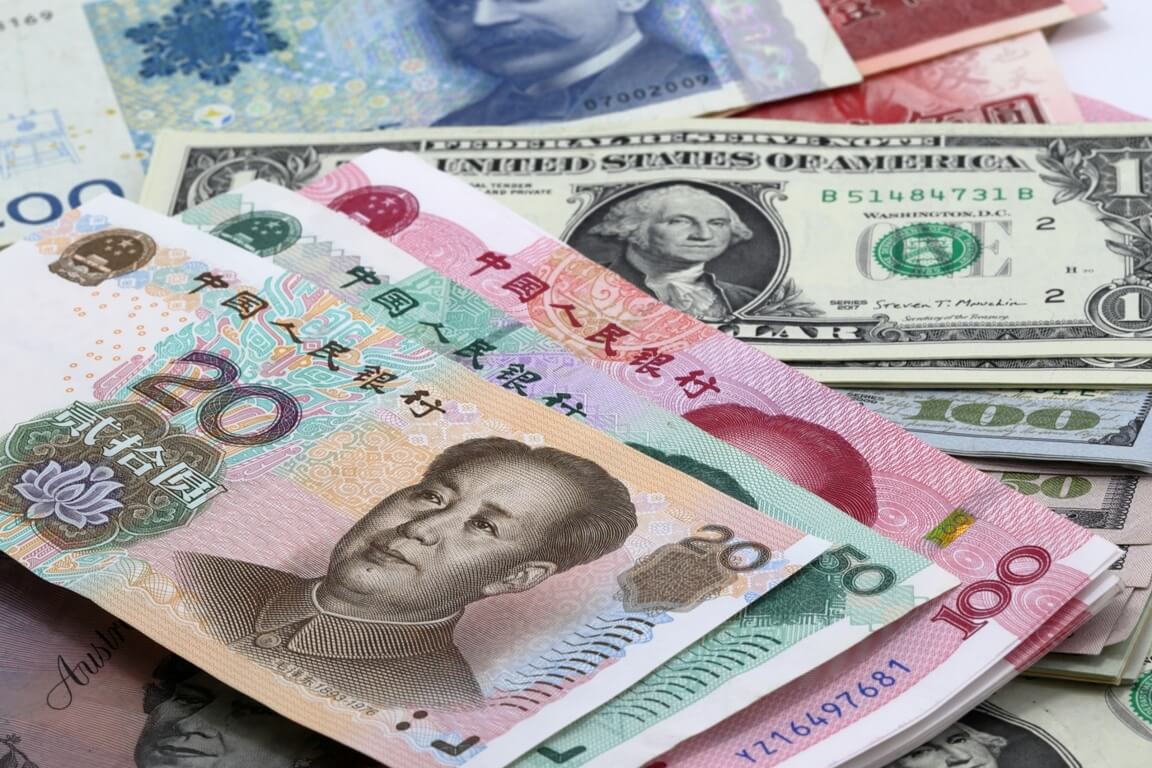
China’s Yuan Weakens Amid Disappointing Trade Data
In the world of international finance, the 1 Yuan holds significant weight as the currency symbolizing China’s economic prowess. As the second-largest economy globally and a major player in global trade, China’s currency has garnered attention from investors and economists alike. This article delves into the importance of the Yuan and explores its recent weakening amidst disappointing trade data. However, despite the temporary setback, experts believe the downside for the Yuan is limited.
The Rising Power of the Yuan Symbol
As China’s economy boomed, the international community increasingly recognized the significance of the Yuan. The Chinese government has taken several steps to promote the currency’s global recognition, including easing capital controls, expanding currency swap lines, and encouraging its use in cross-border trade settlements.
In the foreign exchange market, the offshore yuan displayed a slight weakening trend compared to the onshore spot rate, trading at 7.1725 per dollar, which was 38 pips lower. On the other hand, the one-year forward value for the offshore yuan stood at 6.9551 per dollar, indicating an anticipated appreciation of approximately 3.13% within the span of 12 months.
Before the market commenced trading, the People’s Bank of China established the midpoint rate at 7.1527 per US dollar, signifying an increase of 238 pips compared to the previous fix at 7.1765. This move by the central bank aimed to provide stability and influence the market sentiment.
The internationalization of the Yuan symbol has been an integral part of China’s long-term economic strategy. By challenging the dominance of the US Dollar, China aims to reduce its reliance on the greenback and establish the Yuan as a viable alternative reserve currency. This ambition is evident in China’s efforts to promote the use of the Yuan in global financial transactions, encouraging other countries to hold the currency as part of their foreign exchange reserves.

Yuan Weakening Amidst Disappointing Trade Data
Recently, the Yuan to USD exchange rate has experienced some downward pressure due to disappointing trade data. China’s exports have faced headwinds from global supply chain disruptions, rising raw material costs, and geopolitical tensions. As a result, the Yuan has weakened against the US Dollar, prompting concerns among investors and market observers.
At the opening of the trading session, the spot yuan initiated at 7.1680 per dollar. As the day progressed, it was observed that the spot yuan weakened slightly, with the exchange rate reaching 7.1687 at midday, 37 pips lower than the previous closing rate in the late session.
Furthermore, the uncertainty surrounding the ongoing trade disputes between the United States and China has added volatility to the Yuan to Dollar exchange rate. Both countries have imposed tariffs on each other’s goods, leading to a more cautious approach from investors. However, experts believe that the downside for the Yuan is limited, given China’s strong economic fundamentals and the government’s proactive measures to stabilize the currency.
Shaping China’s Economic Power
The 1 Yuan represents China’s economic power on the global stage. As the Yuan symbol gains prominence, China aims to challenge the dominance of the US Dollar and establish the Yuan as a major reserve currency. Despite the recent weakening of the Yuan due to disappointing trade data, experts remain optimistic about its long-term stability.
As the day progresses, the exchange rate of the yuan against the dollar may continue to evolve based on various factors such as economic data releases, geopolitical developments, and market participants’ trading activities. It is essential for investors and traders to remain vigilant and stay informed about the latest updates and analysis in the foreign exchange market.
China’s robust economic fundamentals and the government’s commitment to supporting the currency’s internationalization provide reassurance that the downside for the Yuan is limited.




